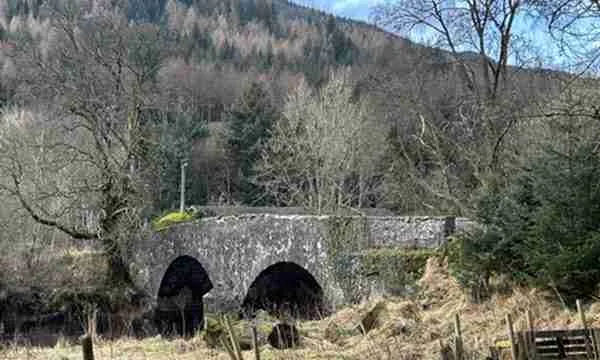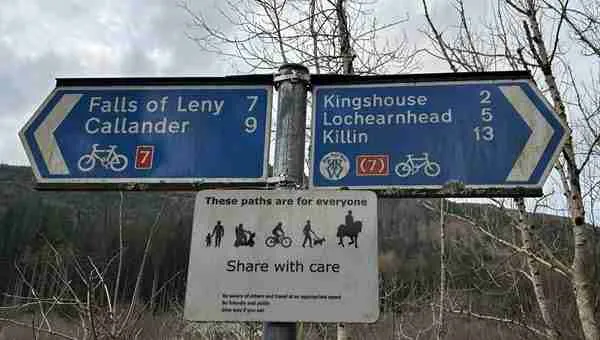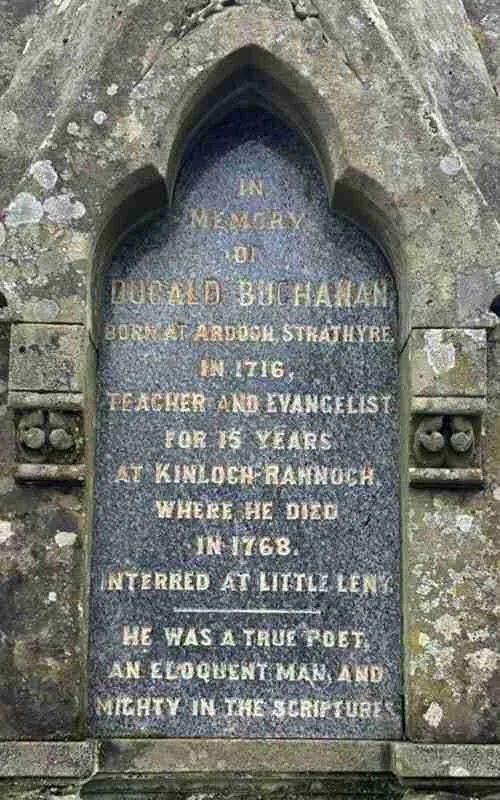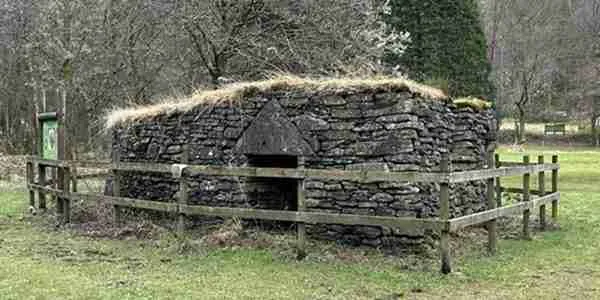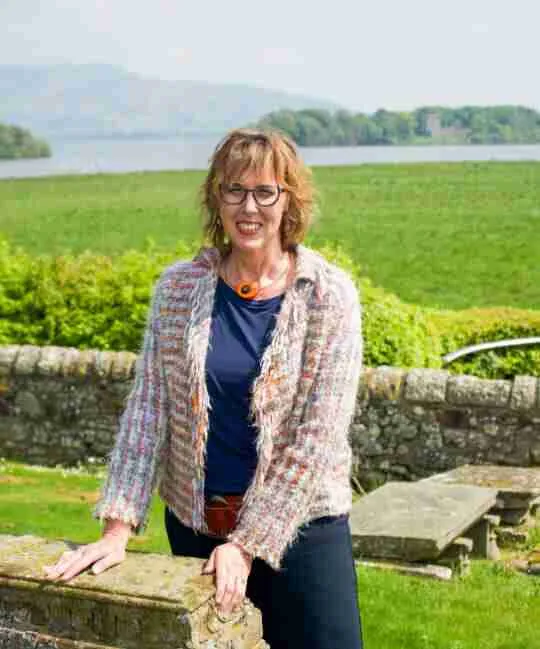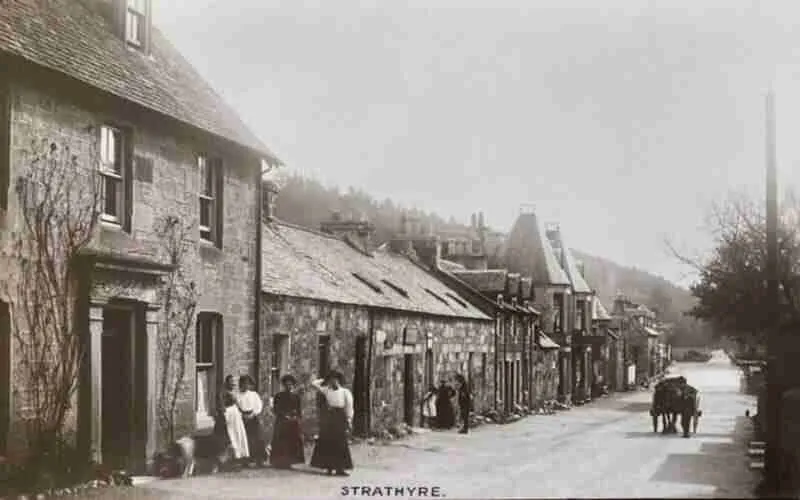
Strathyre village is much more than just a small village you pass through on your way to the Highlands. It is located in a scenic valley in the Loch Lomond and The Trossachs National Park that attracts walkers and cyclists alike. In fact, the Strathyre name, from the Gaelic Strath Eadhair, gives a clue to its location: it translates to “a broad winding valley.“
Strathyre has always welcomed visitors because it was an important stopping off point for travellers. According to legend, St Cuthbert and St Columba may have travelled through the valley.
Crofters
The first settlers in the valley were probably crofters who were displaced from Balquhidder Glen to create space for sheep farming. A small number of cottages were originally built on the west side of a bridge over the river Balvaig. This bridge was built in the late 1700s as part of a military road network to Fort William after the 1745 Jacobite uprising.
Today, the bridge still stands. However the single-track road is more popular with cyclists than with cars.
Cattle Drovers through Strathyre Village
Cattle drovers have passed through the valley and Strathyre village for centuries to move their cattle from the Highlands to southern markets. Interestingly, the journey through the tiny village could take several days because it had lots of ale-houses catering to the weary and thirsty travellers.
Rob Roy MacGregor
The area is also connected to Rob Roy MacGregor, the well-known outlaw and cattle drover who lived nearby. Just a few miles away, you can visit Balquhidder Kirk, where Rob Roy is buried. His grave is still a popular destination for people interested in Scotland’s history. In fact, Strathyre village is part of Balquhidder parish.
Railway stop at Strathyre Village
The arrival of the Callander and Oban Railway in the 1870s increased popularity of the village of Strathyre as a tourist destination. Victorian visitors were drawn to its scenic beauty popularised by the author Sir Walter Scott.
The old railway track has been removed and replaced with a scenic path that now serves as a route for cyclists and walkers.
Did You Know?
Writers have links to this area. Perhaps you are related to one of them?
- Robert Kirk, a minister in Balquhidder, wrote one of the earliest Gaelic books, a version of Scottish psalms.
- Dugald Buchanan, born in Strathyre in 1716, helped create the first Gaelic New Testament and wrote famous religious poems. You can find a monument to him next to the main road.
- Scottish poet and lyricist Harold Boulton wrote the traditional Scottish song Bonnie Strathyre about its scenery. My father-in-law always used to sing it when we told him we were visiting Strathyre.
- Dorothy Wordsworth and her poet brother, William, have visited the village.
"Walked up Strath Eyer (Strathyre) and saw in clear air and sunshine what had been concealed from us when we travelled before in the mist and rain. We found it a very sweet valley."
Dorothy Wordsworth
If your ancestor was from Strathyre then it is worth contacting Stirling Archives who cover this area.
Strathyre Today
Today, Strathyre is a favourite spot, particularly the Broch café, for walkers, cyclists, and nature lovers. It is part of the Rob Roy Way, a long-distance walking route that brings people from all over the world.
In addition, visitors can explore ‘Dun Lubnaig’, a reconstructed example of a broch. The word Broch comes from the Norse word Borg, meaning a castle of stronghold. The one at Strathyre was built by members of the ‘Drystone Walling Association of Great Britain’ to show how a broch would have been built 2000 years ago. They worked without cement using only stone hammers, ropes and logs.
A full-sized broch was about 12-15 meters in height and may have taken 3 years to build. Apparently, they were built only in Scotland.
Whether you visit to retrace your ancestral footsteps, the scenery, or the outdoor adventures, Strathyre is worth a visit.
Thank you for joining me on another historical journey into a Scottish village.
Please remember to leave a comment below and if you want me to write about a village where your ancestors have lived, then please let me know.
Good luck with your family history research.
Until my next post, haste ye back.
Enjoyed this post?
Keep up-to-date with my latest posts and tips below:
We hate SPAM & promise to keep your details safe.
You may also like...
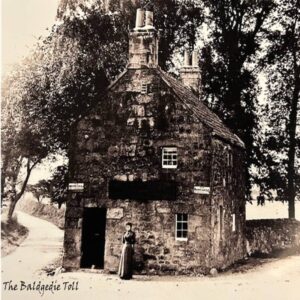
The Life of a Tollkeeper
A tollkeeper was a person who collected road fees from travellers. This old occupation was prominent during the 18th and 19th centuries.
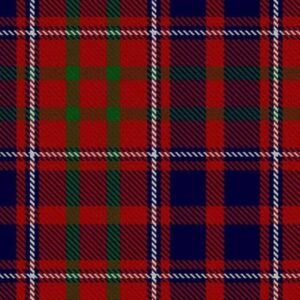
Cameron Surname: Origin, Meaning & History
The Cameron surname has Gaelic origins and it is associated with Clan Cameron, one of the most influential Highland clans.
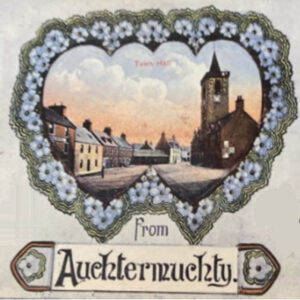
Ancestral Visit to Auchtermuchty, Fife
Auchtermuchty in Fife is known as Muchty to locals. What does Stratheden Whisky, Jimmy Shand and the Proclaimers have in common?
